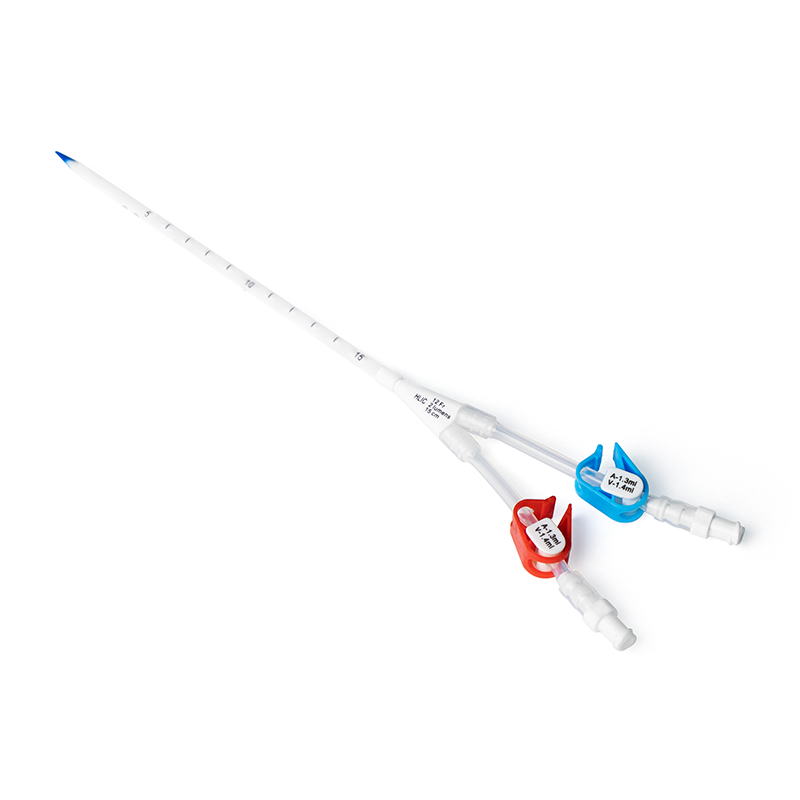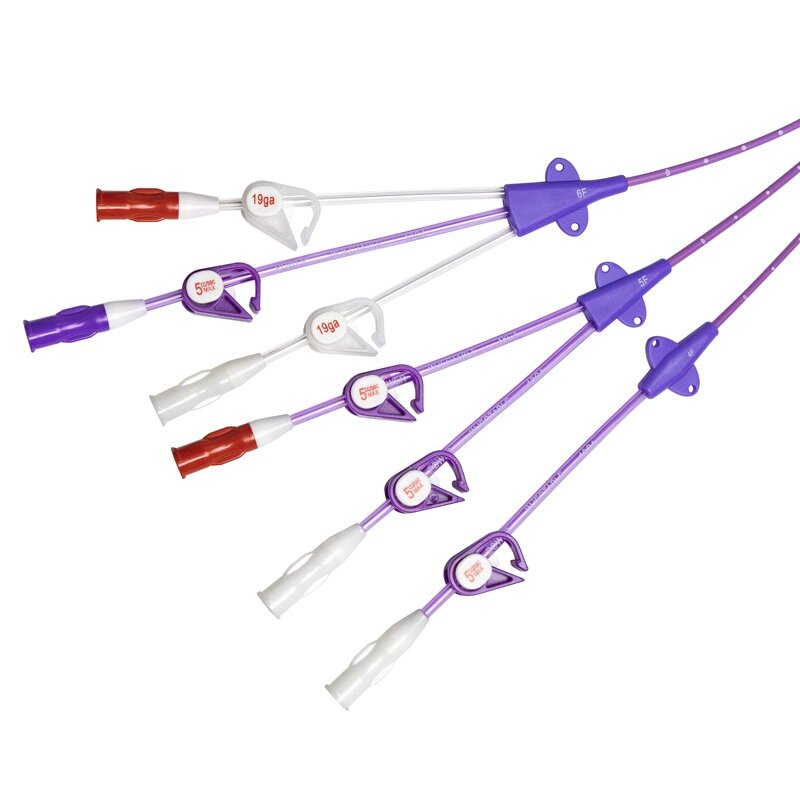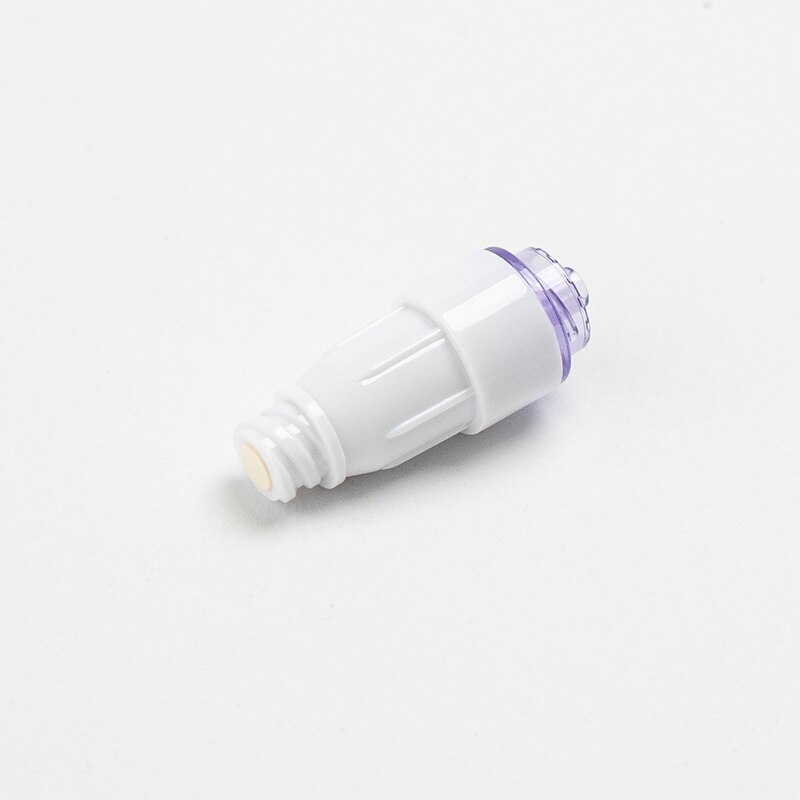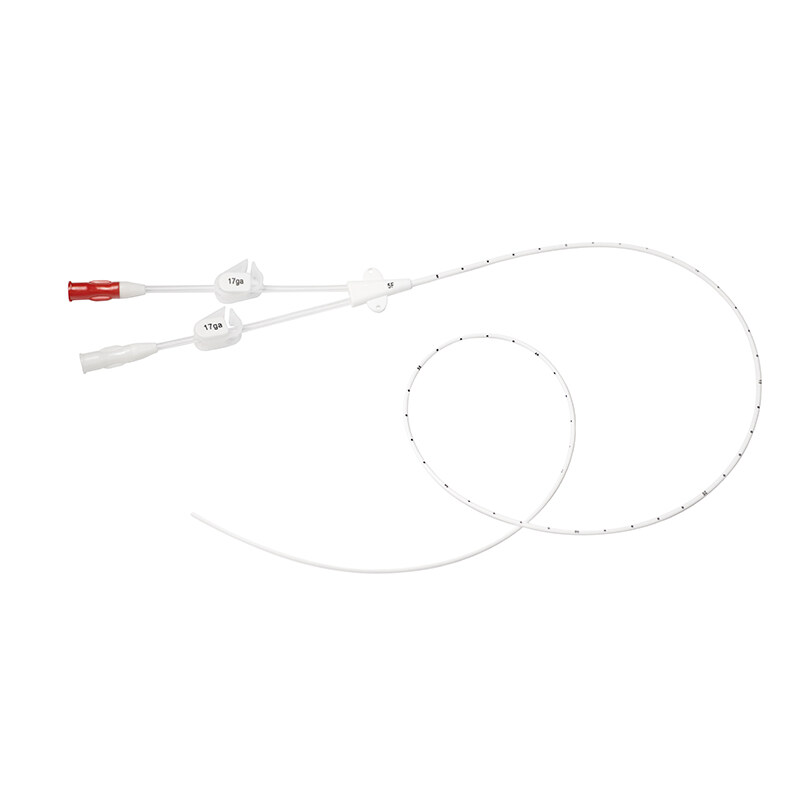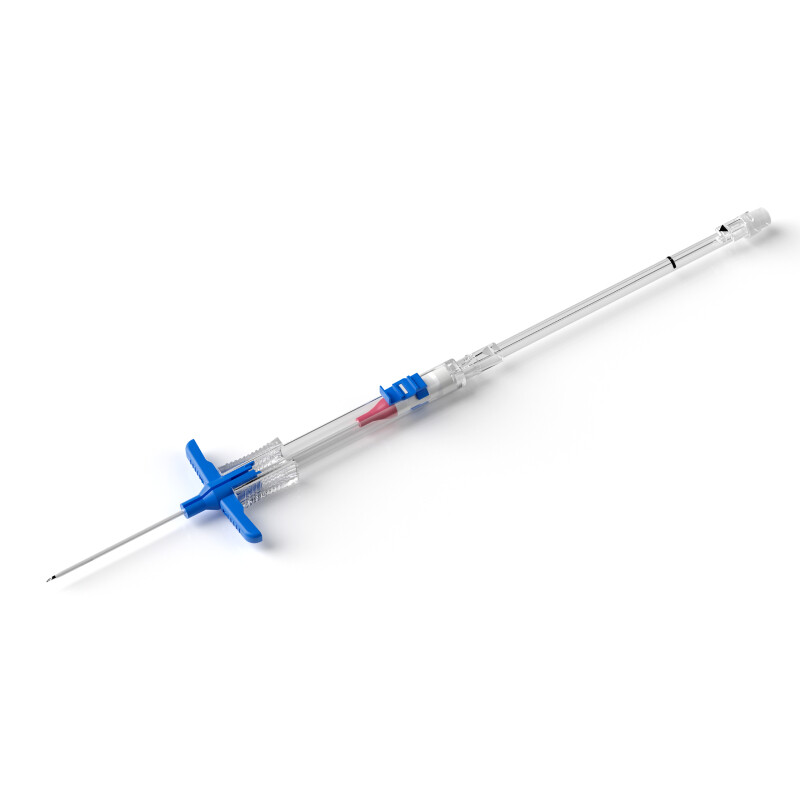With the improvement of medical level, people pay more attention to occupational exposure and needle stabbing, most intravenous therapy use needle-less infusion connectors to avoid needle stabbing nowadays. The separated membrane-type needle--less infusion joints is more popular among them, no springs or any other metal, doctors and nurses can use it in MRI.
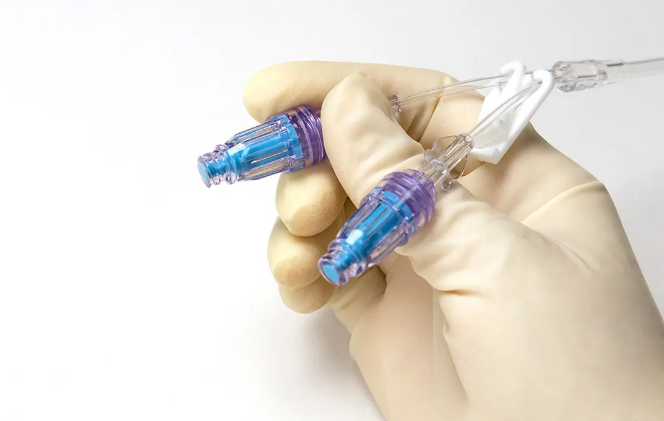
The advantages of separated membrane-type needle--less valve.
- With advanced front-end screw and back-end screw design, this sort of needle-less valve can effectively cooperate with the screw infusion device for clinical infusion therapy, so as to avoid the phenomenon of needles not solid fixed or shedding after conventional treatment.
- The inner of the needle--less valve could be visible, and straight-through liquid flow tube facilitates safer flushing , removal of residues, and reducing risk of infection.
- Closed design:The separated membrane-type needle-less valve connected both with syringe and the catheter cavity, the separated membrane automatically closed at the moment of removing of syringe, the catheter cavity directly isolated from the external environment at the same time, to prevent bleeding or air embolism or other complications.
4.No need to use a needle for operation can effectively avoid the occurrence of needle stabbing or other incidents, and significantly reduce the incidences of hospital infection, patient cross-infection and other adverse events.
5.High flow rate can make infusion treatment more smooth, to ensure that patients could be injected drugs as soon as possible in the case of implementation of rescue and other treatment.
Operation requirements and maintenance of needle-less valve
Many people may take care of the maintenance of catheters, it is easy to overlook the infusion joints which connected to the catheters.
1.Selection of disinfectant types
Before connecting the catheter, ethanol chlorohexate agent and a 75% ethanol solution can be used to disinfect the catheter connection and needle-less infusion valve.
2.The main points of disinfection action
Wipe the needle-less infusion valve properly with disinfectant for at least 15 seconds, then dry it for 30 seconds to minimize the possibility of contamination.
3.The key action between the connection of the straight syringe and needle-less valve
Using a non-screw syringe to connect a needle-less infusion connector:
it is necessary to push the syringe into the connector while slowly rotating clockwise until they are connected tightly.

straight syringe and needle-less valve
4.The key action between the connection of the screw syringe and needle-less valve
When using the screw syringe, the end of the extension tube should be aligned horizontally with the syringe inlet, then push the syringe into needle-less valve by clockwise forward force, tightening them and loosening hand to check, effectively avoid the syringe rebound.

Screw syringe and needle-less valve
5.Normal management of the work environment
Ensure that disinfection supplies are in standby and readily available at hand for the needle-less valve disinfection.
6.Time to replace the needle-less valve
It is recommended to replace the infusion connector every 72h (unless a catheter-related infection is suspected)
- Special timing for replacing the needle-less valve
Replace the needle-less valve every 24h when injecting lipid emulsions, blood or blood products.
- Needle-less valves should be replaced in time if:
Residual blood or other residues are found in the needle-less valves; Before taking the blood sample from the vascular access device; Determine that it was contaminated.
Nursing staff should strictly abide by the operating procedures, improve the caring quality , reduce the suffering of patients, make the infusion joints the safe guards of catheter, instead of the door of bacterial infection!
Let’s continue to learn from our work, and advocate zero tolerance of valve contamination, infection risk,and security risks.
Bibliography
1 Gorski L,Hadaway L,Hagle ME,et al.Infusion therapy standards of practice[M].5 th ed.Norwood,USA:Infusion Nurses Society,20 1 6:S8,S93-S94.
2Chinese Journal of Infection Control,202 1 ,20 (3):2 1 1 -2 1 5.DOI:1 0.1 2 1 3 8/j.issn.1 67 1 -963 8.202 1 623 7.
3Gong Linxia . Effect of needle-free closed positive crimps on PICC infusion effect . Health nutrition in China ,2020,30(8):33.
4Xu Ai Ping . Split membrane no needle closed infusion valveIn the PICC tube of the bed should be used and observation . Practical use of pro-bed care science electrical miscellaneous,2020, 5(47):128,130.
5Mai Runxia , Chen Meihua . The role of needleless infusion joints in preventing infection in intravenous infusions is discussed. Journal of Cardiovascular Surgery ( Electronic ),2020,9(3):244-245.

